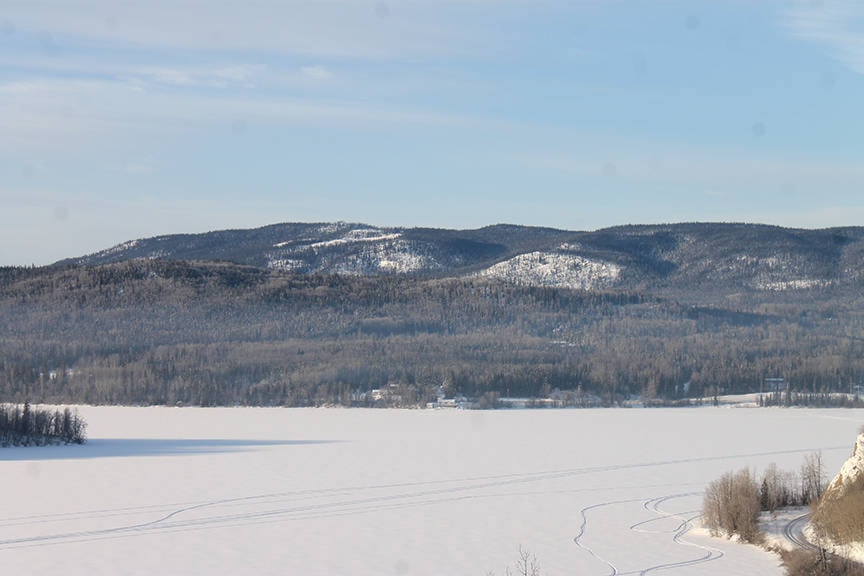Recent air quality alerts in the Bulkley Vally - including Burns Lake and Houston - are likely to return if cold snaps persist and wind remains minimal.
On Feb. 11 and 12 Environment Canada issued an advisory for Burns Lake, Houston, Smithers and Vanderhoof that people with chronic medical conditions should avoid exercising outside.
LOOK BACK: Alerts for: Bulkley Valley and The Lakes
The advisory also cautioned against using wood stoves in “the Districts of Smithers, Houston, and Vanderhoof unless the woodstove is the only source of heat in a dwelling.”
“The possibility of having an air pollution episode won’t go away until the cold air goes away,” environmental science professor Peter Jackson at UNBC in Prince George told Lakes District News.
“There’s inversion and it acts like a lid that traps air and prevents mixing. So there’s nowhere for the air pollution to go,” Jackson explained.
High concentrations of fine particulate matter in the air were the source of the poor air quality.
Non-experts might think that such an alert might be understandable in Prince George because of its pulp mill, or in large cities like Vancouver or Toronto with of their heavy vehicular traffic and industry. But in remote, rural Burns Lake and Houston?
“It’s mostly from combustion. In a place like Burns Lake it could be a sawmill and a lot of it could be woodstove use. It makes smoke and that’s a big problem in small, rural areas,” Jackson said.
“We’ve done work on Burns Lake and Telkwa and Houston and we’ve done mobile monitoring and Burns Lake has a woodstove issue as do most small towns,” he added.
“It gets worse in valleys. Valemount is in a valley and there is no industry there at all. It’s all from wood smoke.”
The conditions lead to a build up in the atmosphere of PM2.5 - particulate matter that has a diameter of less than 2.5 micrometers and which stays in the air longer because of its small size and light weight. Such small particles can more easily penetrate into the lungs and even into the bloodstream.
The air quality will probably remain the same until the weather changes, said Ben Weinstein, an air quality meteorologist with the provincial Ministry of Environment & Climate Change.
“I expect these conditions to persist for a few days. What we need is high winds or snowfall - those things mix in clean air.”
However, residents of the region aren’t at the total mercy of the weather and can take some steps to help make the air cleaner, mainly by using natural gas to heat their homes instead of woodstoves, if possible.
“If you are burning wood use seasoned wood or dried wood so it’s not moist because it’ll make less smoke. Burn it hot so that it doesn’t smoke too much,” Jackson said.
“If you have…an older woodstove, the new ones that are EPA-certified or CSA-certified are better. The old ones can emit up to the 10 times more particles. Some cities have a woodstove exchange program to help cover the cost of exchanging old woodstoves. The ministry of the environment works with vendors on those.”
